
views
Cleaning Chrome with Soap and Water
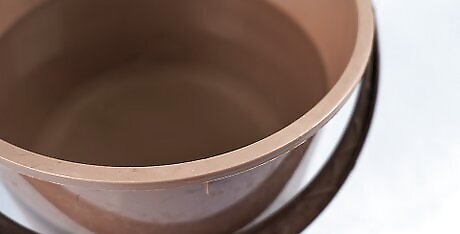
Fill a bucket with hot water. As with any type of cleaning, you'll have an easier time cleaning your chrome if the water is at least warm. Fill a bucket two-thirds of the way full with warm to hot water. If there's only a small bit of chrome that needs cleaning, you can do away with the bucket, and apply the water and soap directly to a towel.
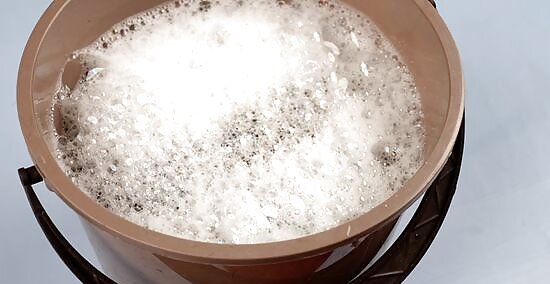
Add soap to your water. Once you have a bucket of hot water, add soap to it until the surface is filled with bubbles. The type of soap you use for cleaning chrome depends on the application. Although any non-abrasive soap is fine to use with chrome, choose a soap that can be used with the surrounding area as well. For example, you should use a car-specific wash when cleaning your car's exterior. A simple household cleaner should be fine for use on chrome. If in doubt, check the label of the cleaner you're going to use. It should have some indication for materials it can and can't be used on.
Rub the chrome with a non-abrasive sponge or cloth. Take a non-abrasive sponge or cloth and dunk it partway into the soapy water. Rub the chrome gently in a smooth, circular motion. Focus on cleaning a section of chrome before moving onward. In order to prevent marks or streaks, dry the area with a separate cloth when you're done with each area. In case the water is hot to the touch, you should only put the end of your cloth in. When the water and soap run out, you can simply dip it in again.

Clean nooks with an old toothbrush. Certain pieces of chrome, like car tires, will have hard-to-reach areas that require a new approach. For the vast majority of them, applying your soapy water to an old toothbrush and scrubbing the nooks will get the dirt off. Although the toothbrush can be old, make sure that the majority of the bristles are still intact. Scrubbing chrome with a worn-down toothbrush is inefficient and could risk scratching the chrome if you scrub hard enough.
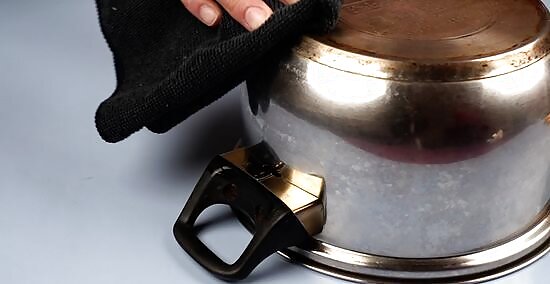
Dry the chrome once you're finished cleaning it. Leaving the chrome wet will result in unsightly water marks. After you finish washing the chrome, dry it off with a clean hand towel. Dry it in soft, circular motions to prevent streaking.

Rub chrome using aluminum foil. Because aluminum is a softer metal than chrome, it can be used to polish your chrome. Many kitchens stock aluminum foil. Tearing off a strip and scrubbing it over the chrome once you've cleaned off the dirt is a great DIY method to bring the shine back.
Cleaning Chrome with a Cleaning Solution
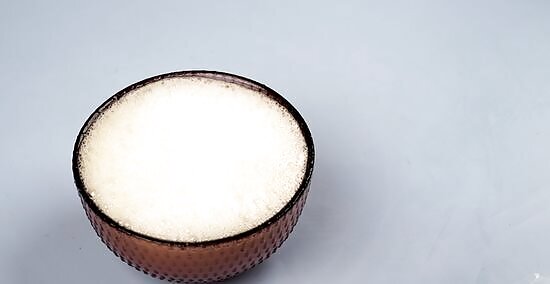
Choose a cleaning solution. Because chrome is a relatively soft metal, appropriately lightweight cleaning solutions are the best choice for it. Most of the dirt pileup on chrome won't need more than soap and water to dispel. Here are some of the most common cleaning solutions used on chrome: Baby oil. Ethanol or rubbing oil. Cola. Lemon and baking soda. You can also use a chrome-friendly cleaning spray. Commonplace household cleaners like Vim Bathroom cleaning spray are well-suited to cleaning chrome.
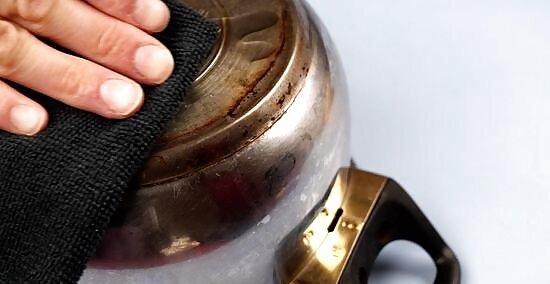
Use your lightest available cleaner first. If you have a variety of cleaners to choose from, pick the lightest solution first. Generally speaking, chrome does not require a lot to get the grime off. Due to chrome's fragility, you should only use heavier cleaning solutions if the lighter ones don't work to clean the surface.

Apply your cleaner to a towel. As you would with soap and water, dab the edge of your towel into the cleaning solution. If you're using a spray bottle, spray directly into the towel, and apply from there. This method will allow you the most control over how much cleaner is used. Paper towels also work in lieu of a cloth hand towel, although you'll probably have to go through quite a few in order to clean any large chrome surface.
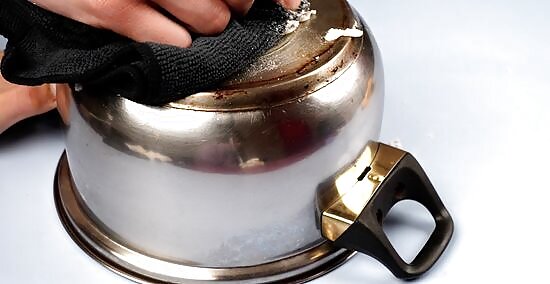
Rub the chrome gently in circles. Once the cleaner is on your towel, apply it to the chrome surface in a gentle smooth and circular motion. In spite of the soap, some grime may take a bit of pressure to wipe away properly. You may exert some force without needing to worry about the chrome being damaged.

Rinse and dry the chrome once you're finished cleaning it. After using a cleaner, give the chrome a quick once-over with a towel damp with hot water to remove any cleaner. Following that, take a fresh towel and dry the surface completely, working in a circular motion. If you don't dry it, it may result in residual water marks in the chrome finish.
Polishing Your Chrome
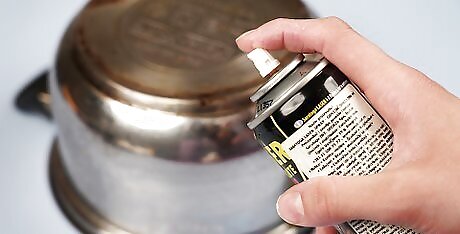
Apply polishing aluminum oxide. Polishing aluminum oxide will remove micrograins from the surface of the chrome, leaving it smooth and shiny. Apply this polisher to a towel and scrub it in using a circular motion.
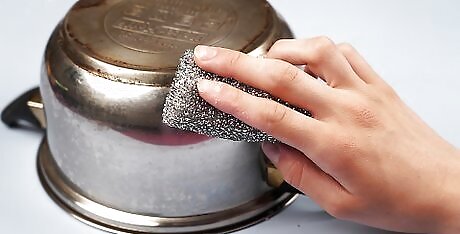
Rub off rust with steel wool. In the case of dilapidated chrome finishes, like you might find on the bumper of a frequently-driven car, you may have a build-up of rust on part of the surface. A cleaner will not scrub this rust away. You'll need to use something mechanical like steel wool to try to fix this problem. Use steel wool to scrub as much of the rust away as you can. Although the chrome may never be perfect after rust sets in, you can drastically improve the look of it once the rust is removed. Waxing and polishing the freshly de-rusted surface will help to further improve the chrome's appearance.

Wax your chrome surface. Wax is a great choice if you want to polish a chrome surface. Shake wax, and apply it to the chrome with a fresh cloth. Once it has been applied evenly to your chrome, take another cloth, and wipe it away.
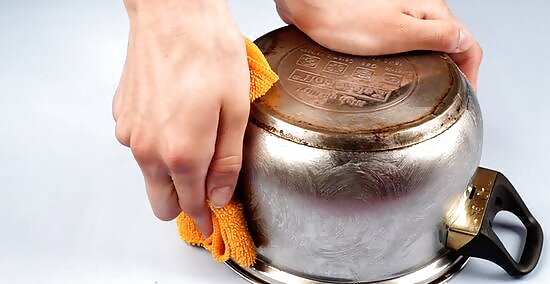
Dab, and dry with water for an extra finish. Quickly cleaning it with water is easy and effective when it comes to reinvigorating the look of a surface. If your chrome lacks shine due to streaks, dirt, or fingerprints, taking a wet towel to it and drying it after should result in an immediate improvement.

















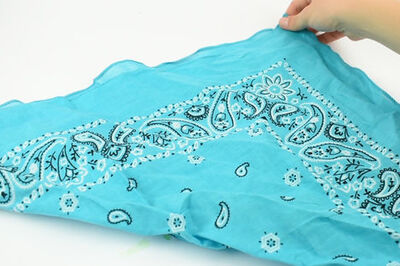
Comments
0 comment